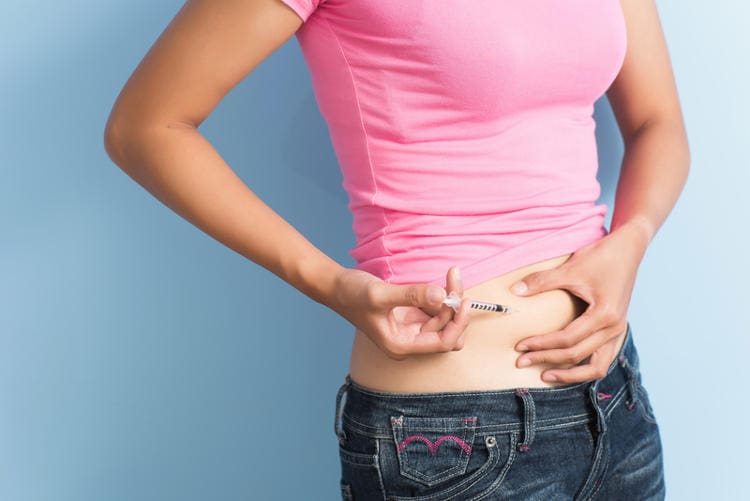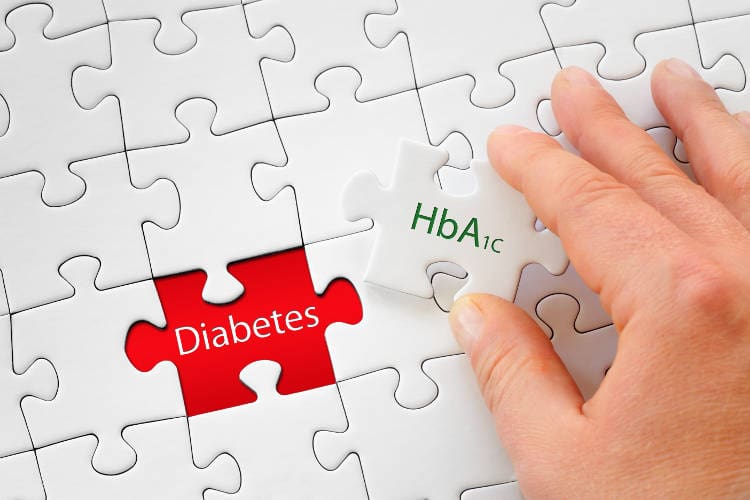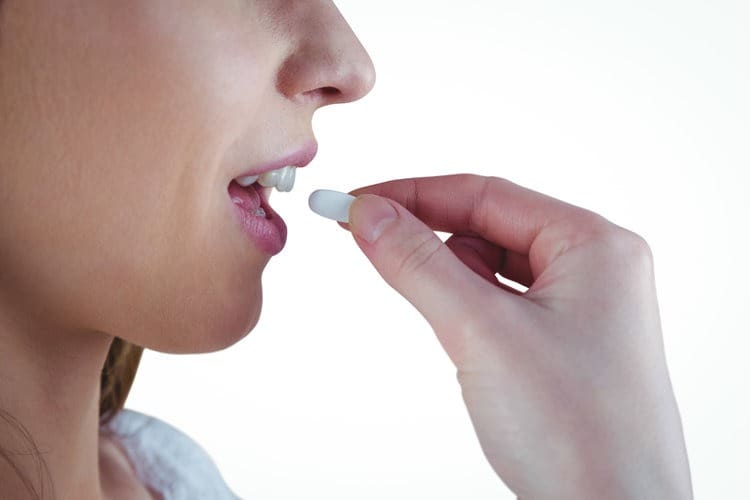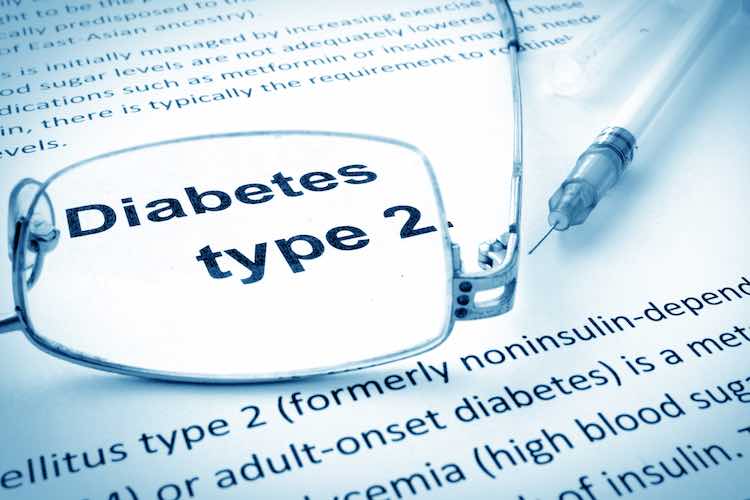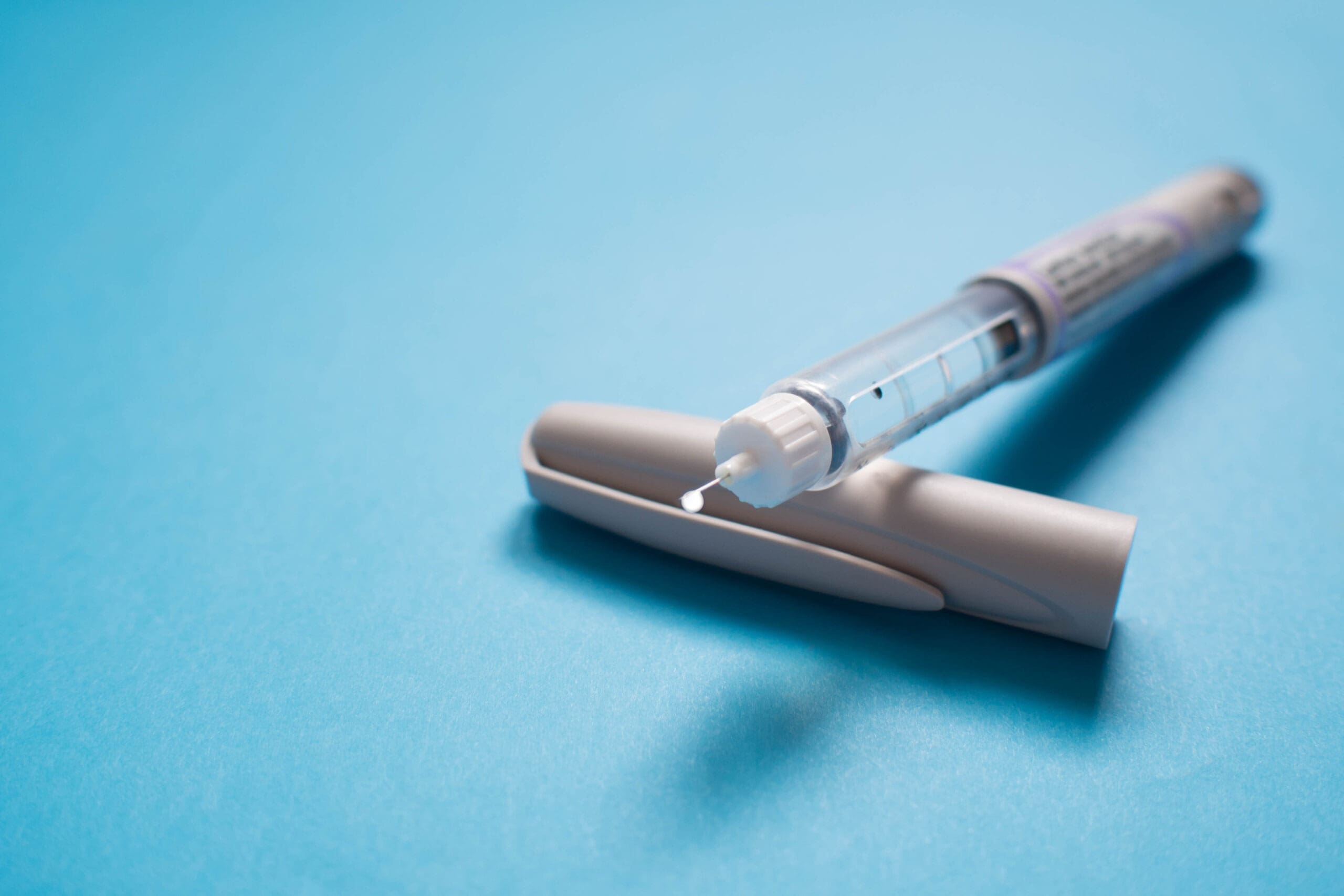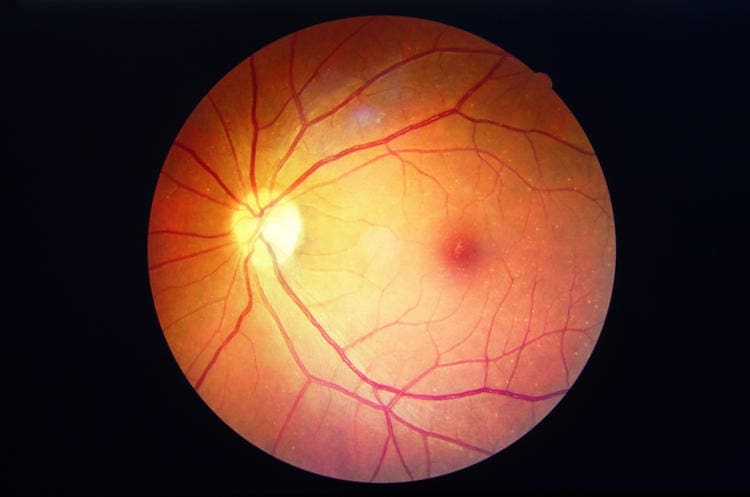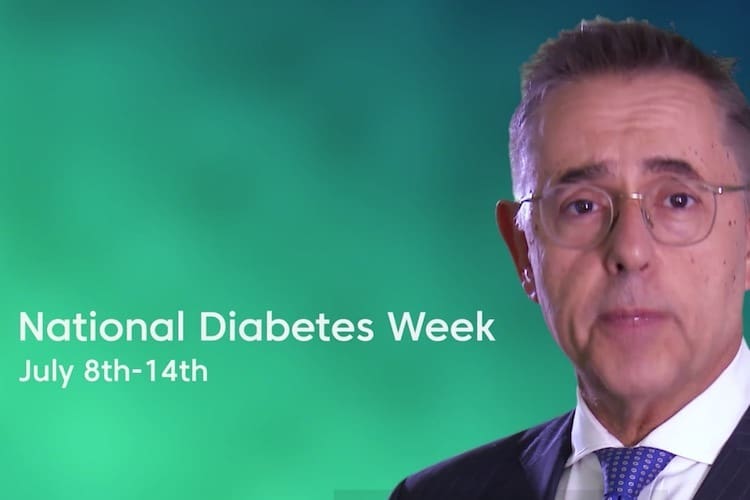Type 2 diabetes usually begins with insulin resistance and often goes hand in hand with obesity, high blood pressure and high cholesterol.
glucose
Hyperglycaemia in diabetes
Hyperglycaemia means too much sugar (glucose) in the bloodstream. For someone with diabetes it means their diabetes is not well controlled.
HbA1c test results and diabetes
The HbA1c (glycated haemoglobin) test is a useful, simple and inexpensive blood test that can be used to diagnose diabetes and also to monitor blood glucose control in people with known diabetes.
Diabetes: tablets for type 2 diabetes
Tablets used to treat type 2 diabetes are known as oral hypoglycaemics or antihyperglycaemics. They may be used on their own and some can be used in conjunction with each other, or with insulin.
More forms of type 2 diabetes than we thought
New research suggests type 2 diabetes is actually 5 different forms of disease, each with its own need for different treatment.
Insulin treatment for diabetes
There are a variety of types of insulin and ways to give it, including injections, pens and pumps. Your doctor and diabetes educator can recommend the most suitable type of insulin and delivery device for you.
Retinopathy in diabetes
Diabetic retinopathy is one of the most common complications of diabetes. People with retinopathy have damaged blood vessels in the retina.
Video: Night shifts increase risk of type 2 diabetes
Working shifts or overnight can increase your risk of type 2 diabetes, a new study of more than a quarter of a million workers has found.
Video: Diabetes Week
Up to half a million Australians have type 2 diabetes and don't know it. In most people, it starts silently, but it's important to be aware of early warning signs. Diabetes Week is about early detection, so if you have any symptoms, see your doctor.
A diet for diabetes prevention
A diet high in carbohydrate and fibre and low in fat helps weight loss in people at high risk of type 2 diabetes.


